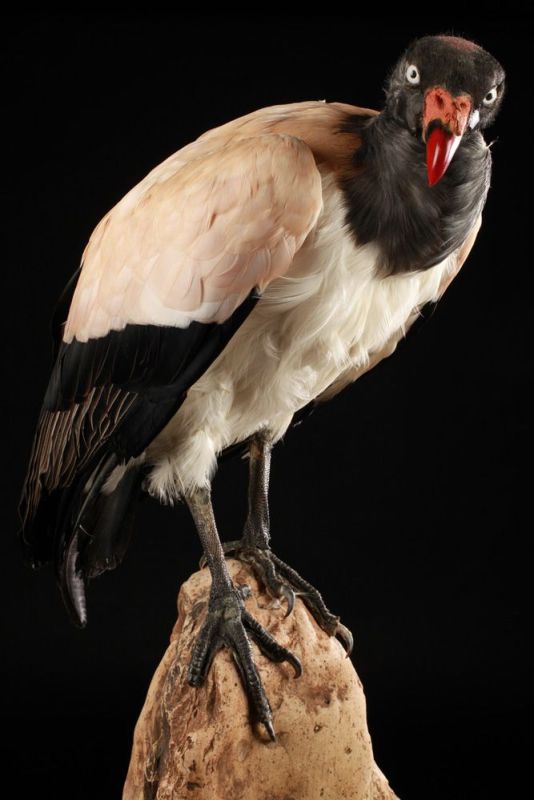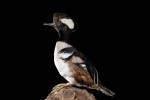Vulturine guineafowl – Acryllium vulturinum
Vulturine guineafowl – Acryllium vulturinum
The vulturine guineafowl is a bird living in groups of twenty or thirty individuals in the East African savannas.
Belonging to the order of Gallifornes and species of fowl, it feeds mostly on grasses, leaves, seeds and sprouts, but also on insects or spiders and small scorpions.
Guinea fowl Vulturine is the largest of all the guinea fowl, it is named after its bald and flat head and its bare neck reminiscent of the vulture. Its plumage mixed with black, white, lilac and blue cobalt also make it the most colorful of its kind. What seems abnormal for a bird living on dry ground and open areas: most other guinea have their duller plumage ranging from light brown to dark brown. This plumage allowing them to effectively camouflage in their natural environment.
Outside the breeding season, the Guinea Fowl Vulturine lives all day on the ground, then join, the evening, the branches of acacia trees to escape the nocturnal predators. Guinea fowl Vulturine nests mostly in June. However, the couplings are possible throughout the year. It always depends on the food available to feed the young, the abundance or lack of food being linked to seasonal rains. Guinea fowl Vulturine can lay up to five eggs. It builds its nest on the ground, usually in a hole sheltered by vegetation. The female provides single incubation. When the eggs hatch, the young abandon their nests quickly and are fed and incubated by the male for several days. They will have to wait a year to acquire their adult plumage.
According to the red list of the IUCN, the Guinea Fowl Vulturine is not an endangered species. The number of individuals present in the wild and the proper rate of reproduction of this fowl actually secure bird, but not in immediate danger.
Product Description





